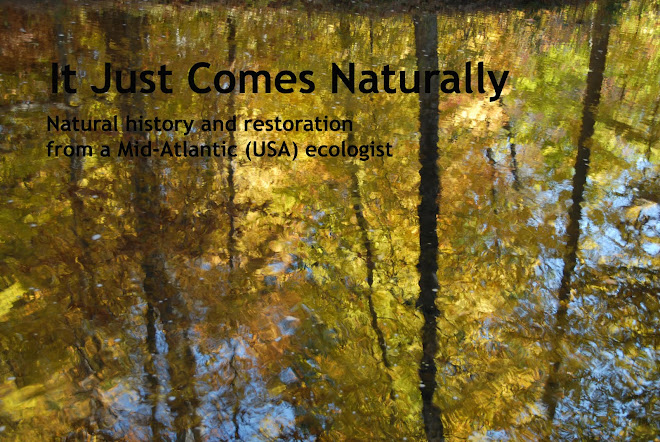 |
| Columbines, Medicine Bow Mountain |
While we were in northern Colorado two weeks ago, Kali and I crossed the state line into Wyoming for a two-day visit to southeast Wyoming, and driving to Snowy Pass in the Medicine Bow Mountains was one of our goals. The Medicine Bow-Routt National Forest has developed the Snowy Range Scenic Byway - the second designated scenic byway in the national forest system - to acquaint drivers with the splendors of the Medicine Bow Mountains.
 |
| Medicine Bow Peak above Bellamy Lake |
 |
| Lake Trail heading northward above Mirror Lake; flank of Medicine Bow Peak left rear |
 |
| Natural rock garden |
 |
| A profusion of columbines |
 |
| The glacial-carved eastern flank of the Medicine Bows in a view southward - the direction of glacial flow |
 |
| Lichens and a cushion of wildflowers |
 |
| A study in pink |









